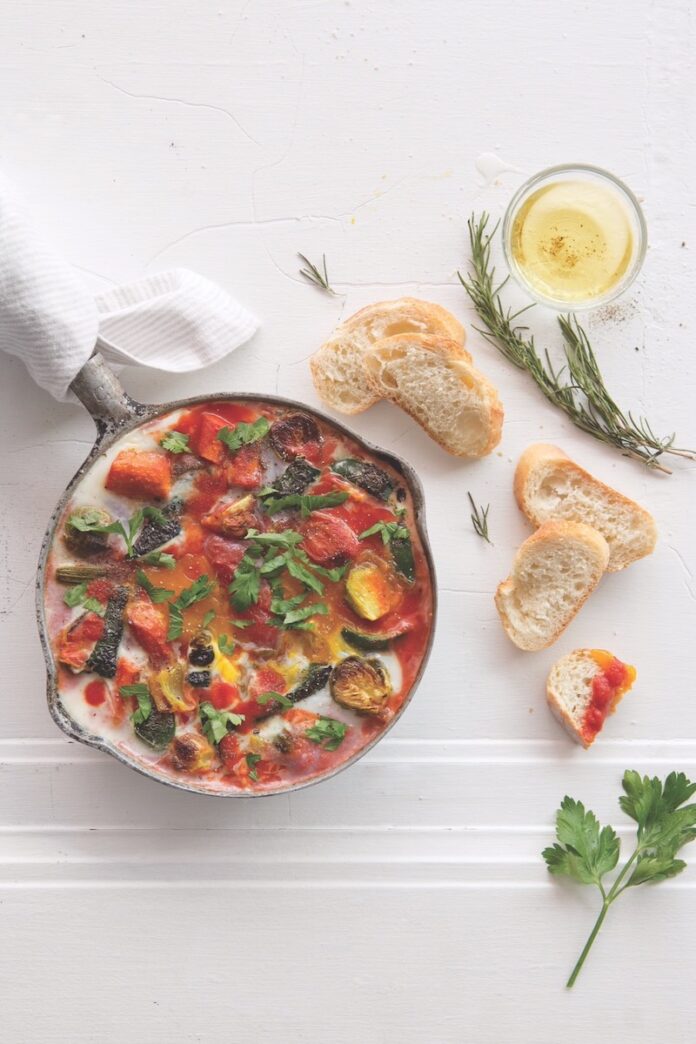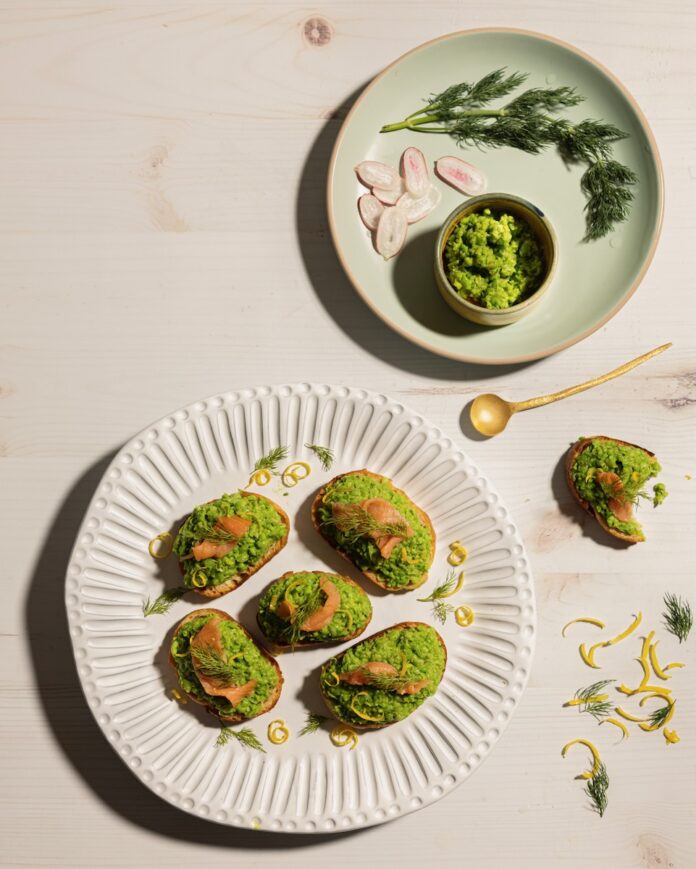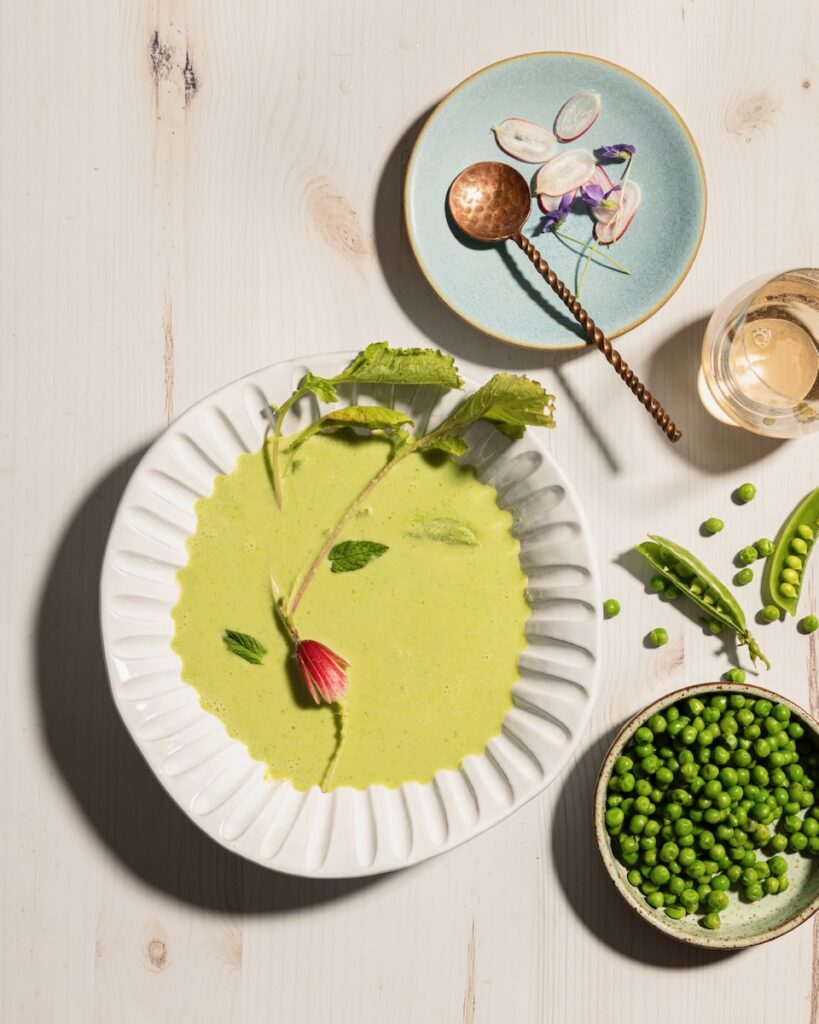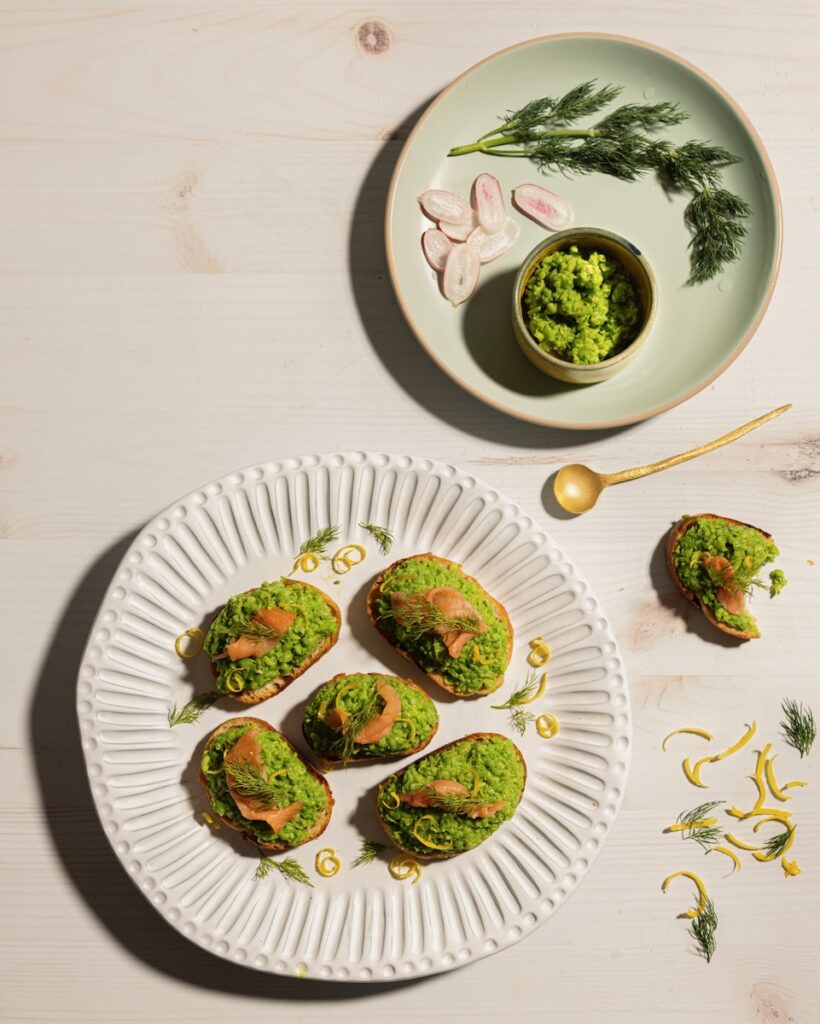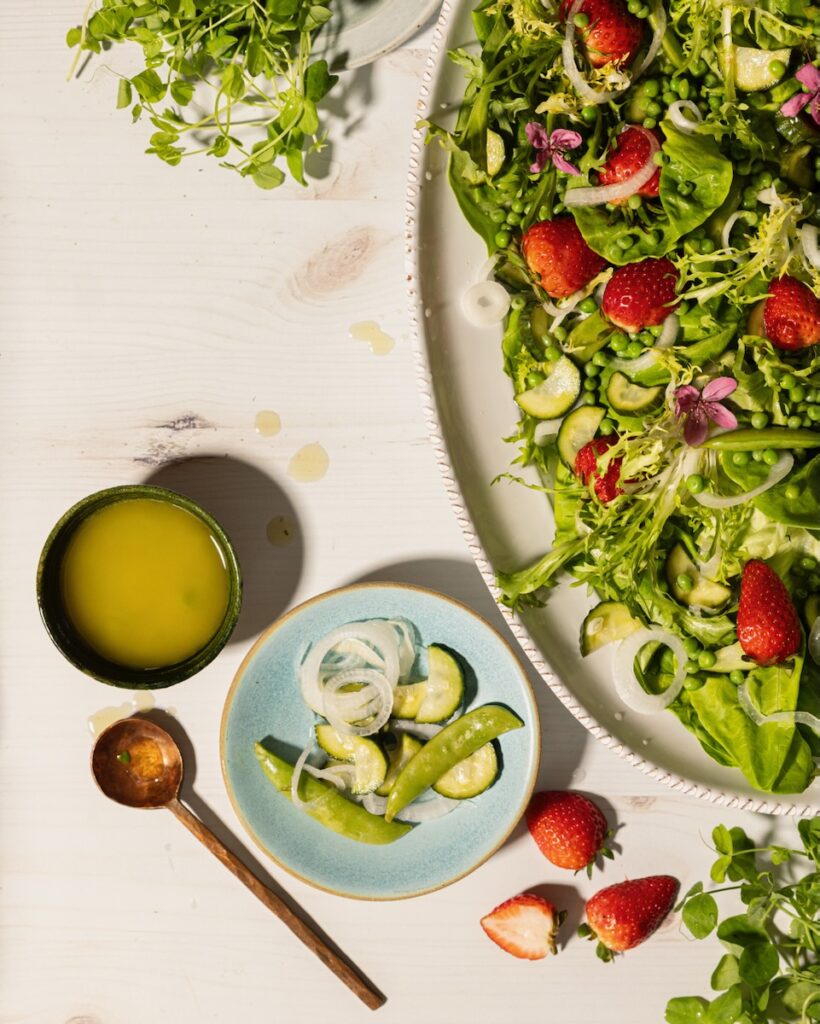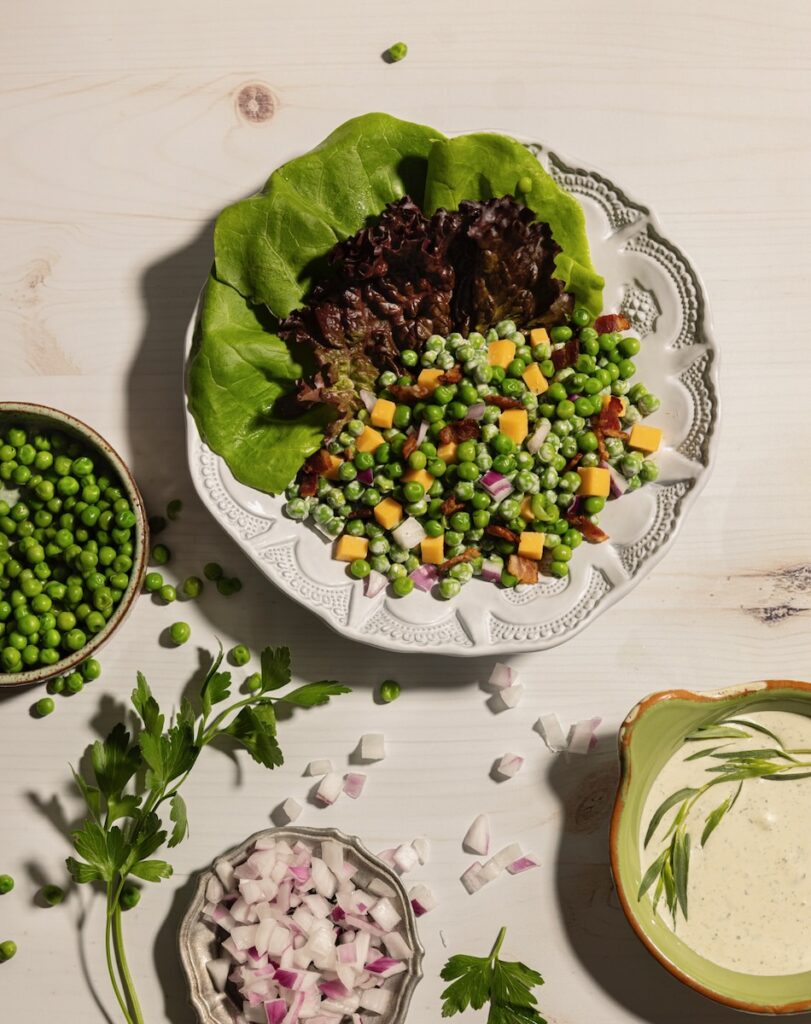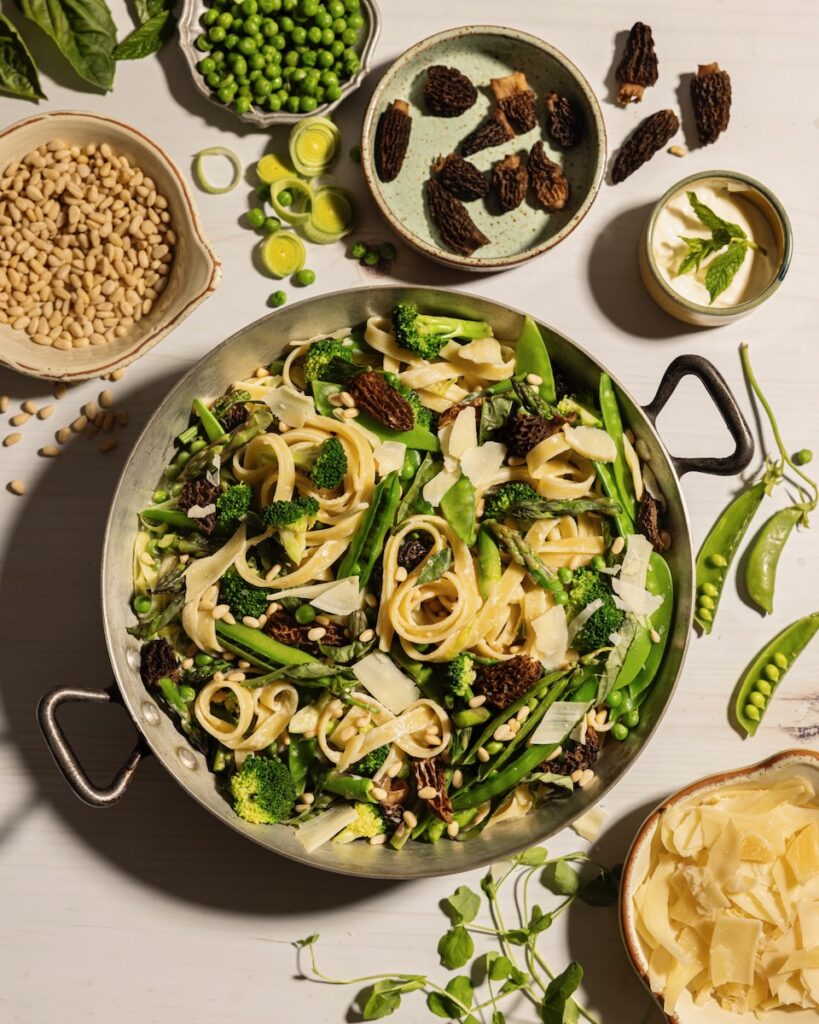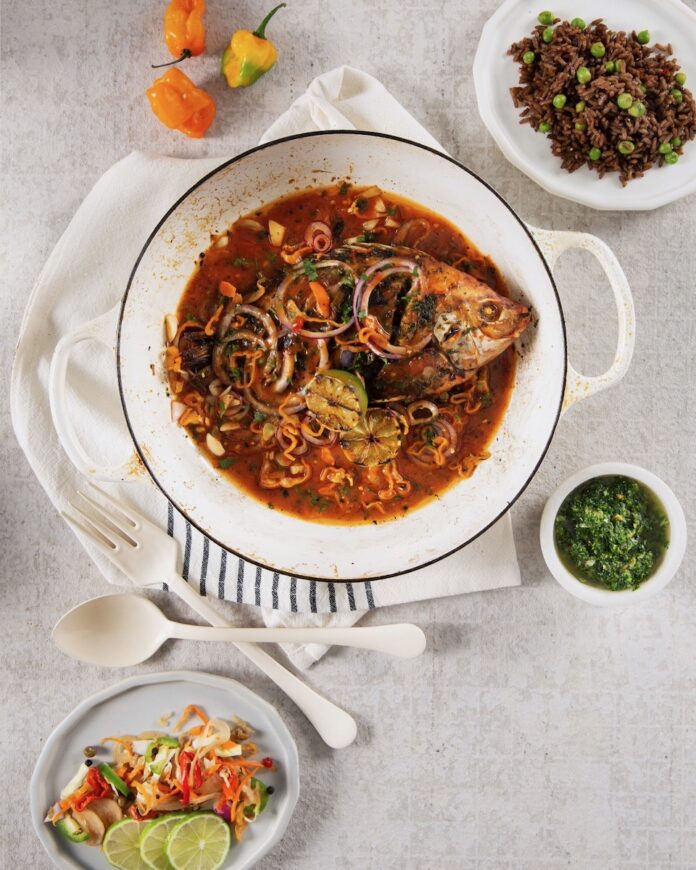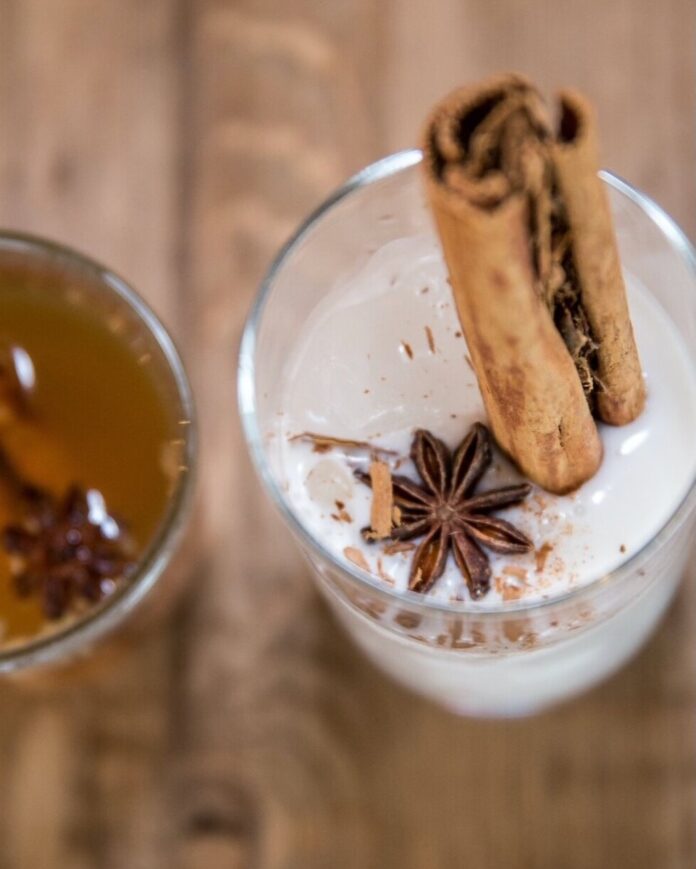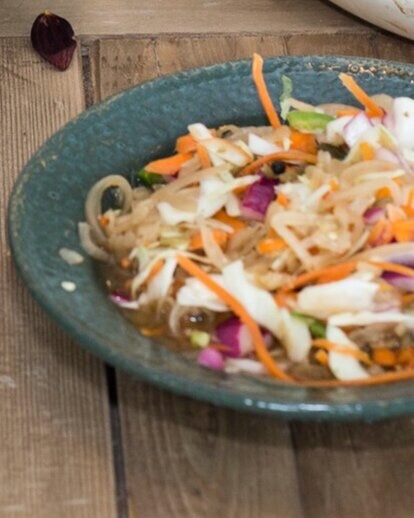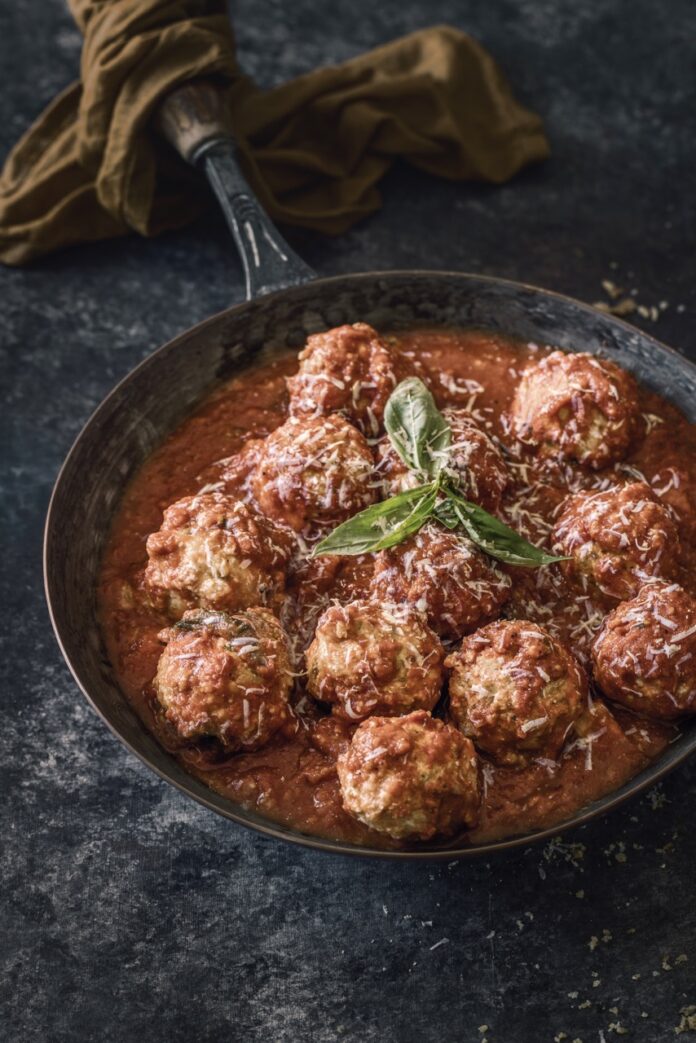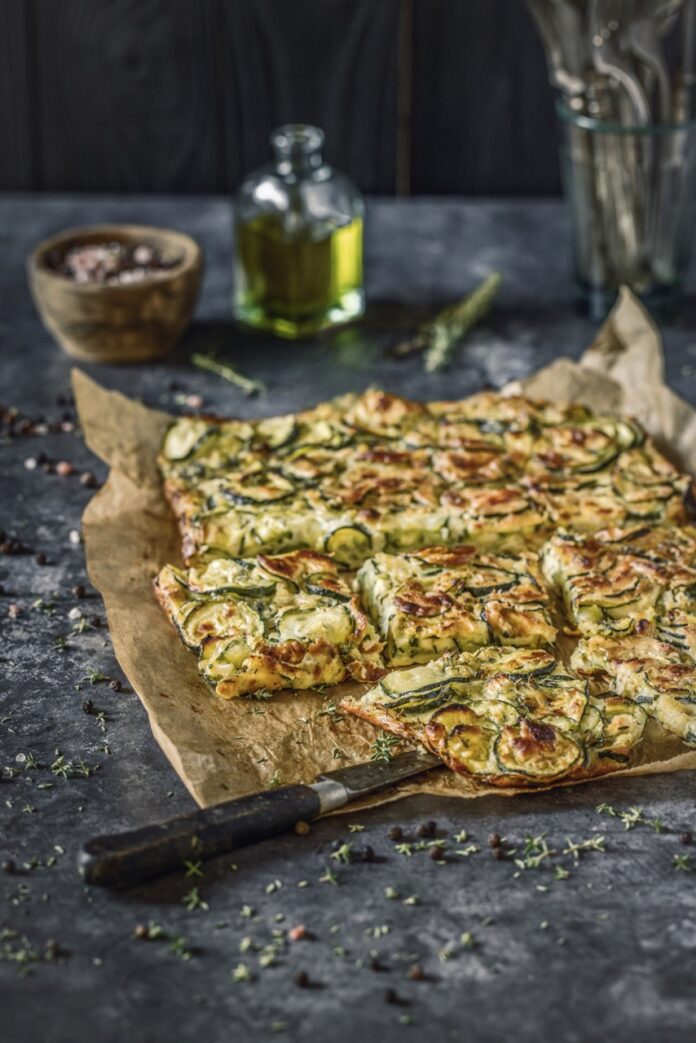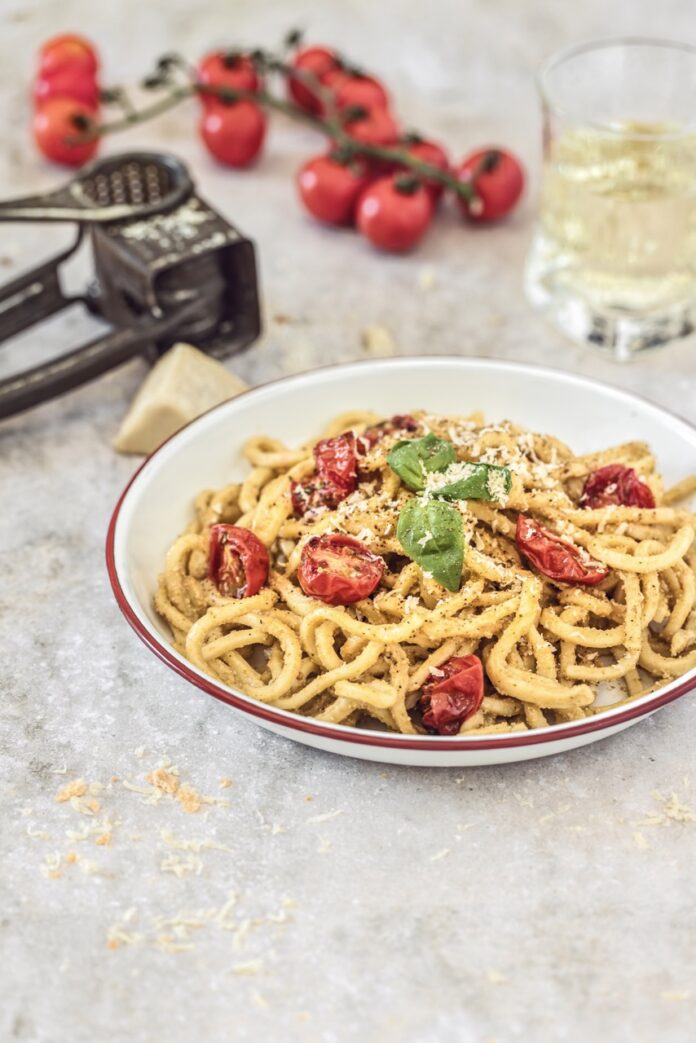This North African dish builds layers of vegetable flavors into a bright and spicy ragout. Once those flavors are balanced, crack an egg right into the pot, allowing it to poach in that full-bodied sauce. “Turkey eggs give the shakshouka a richness that melds together with the fiery and tangy flavor,” says chef Jessica Lewis. “It’s hearty and healthy, especially important after all those heavy casseroles you felt obligated to try during holiday season!” PS: Chicken eggs work just fine, too.
About Shakshouka
Sometimes spelled as shakshuka, this combination of tomatoes, eggs, and spices is a staple all around the Middle East. The dish is believed to have originated in North Africa, particularly in areas like Tunisia and Libya, in the mid-16th century. Jewish communities in North Africa then brought it to other countries after migration. It was a welcome addition to the culinary offerings of their new home countries!
Print
North African Shakshouka
Description
An easy to make and delicious dish.
Ingredients
- 1 fresh tomato
- 1 cup celery, medium diced
- 1 cup leeks, thinly slices (white bottoms only)
- 1 cup fennel, thinly sliced
- 1 cup carrots, medium diced (or any seasonal vegetable)
- 1 quart red bell peppers, charred, fire-roasted, and de-seeded
- 2 cups poblano peppers, charred, fire-roasted, and de-seeded
- Salt & black pepper, to taste
- 1 quart canned San Marzano tomatoes
- 1 quart vegetable stock (medium light in color)
- Big pinch cumin
- Big pinch paprika
- Small pinch chili powder
- Medium pinch ground fennel
- Medium pinch ground coriander
- Small pinch chili flakes
- 4 tablespoons garlic, sliced
- 1/2 cup white wine
- 6 Turkey eggs (or chicken eggs!)
Instructions
- Preheat oven to 400 degrees.
- Sweat raw vegetables, and add in peppers. Season with salt and pepper. Mix in canned tomatoes. Add vegetable stock. Add all spices, and taste. Add more as necessary. Bring to boil. Simmer for one hour.
- Once the ragout is awesome in every way, ladle into a cast iron, about halfway or 3/4 way up the side of the pan. Crack in eggs. Bake for about 5 minutes, or until eggs are cooked to desired wellness.
Recipe by Jessica Lewis
Photography by Dave Bryce
Subscribe to TABLE Magazine‘s print edition.
